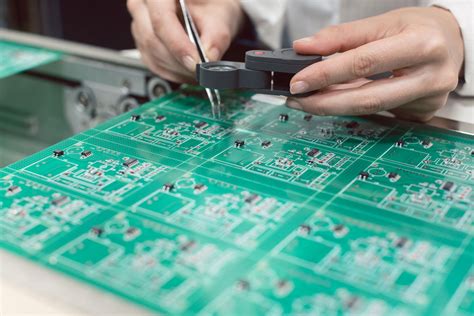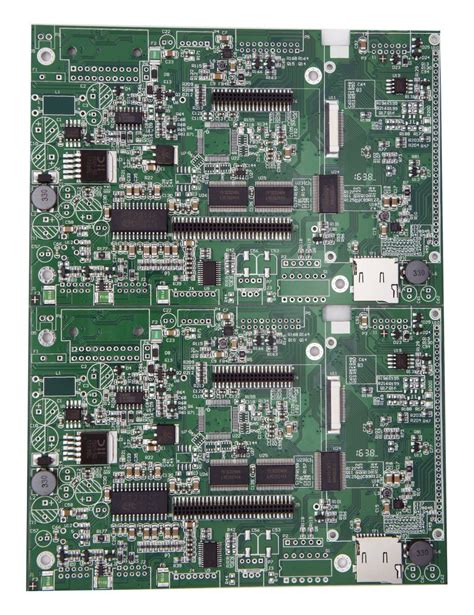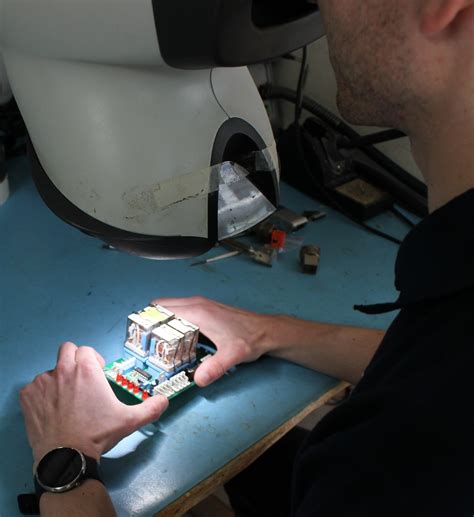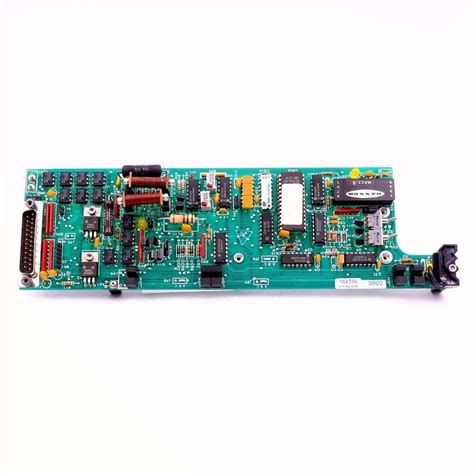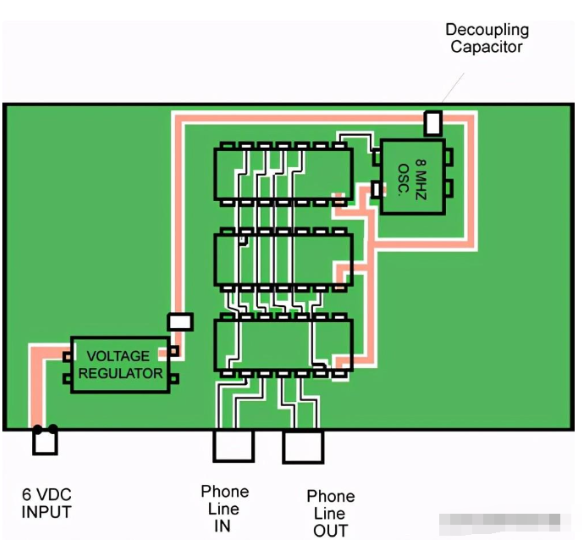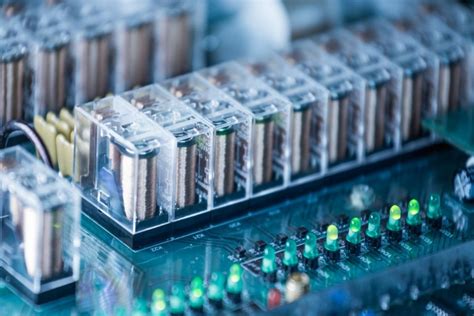China metal core pcb fabrication
Innovations In China Metal Core PCB Fabrication Techniques
In recent years, the field of metal core printed circuit board (MCPCB) fabrication has witnessed significant advancements, particularly in China, a global leader in electronics manufacturing. These innovations have been driven by the increasing demand for efficient thermal management solutions in high-power electronic applications. As electronic devices become more compact and powerful, the need for effective heat dissipation has become paramount, and metal core PCBs offer a viable solution due to their superior thermal conductivity compared to traditional FR-4 boards.
One of the key innovations in China’s MCPCB fabrication is the development of advanced materials that enhance thermal performance.
Traditionally, aluminum and copper have been the primary materials used for the metal core due to their excellent thermal properties. However, recent research and development efforts have led to the introduction of novel composite materials that offer improved thermal conductivity and mechanical strength. These materials not only enhance the performance of the PCBs but also contribute to the overall reliability and longevity of electronic devices.
In addition to material advancements, China has also made significant strides in the manufacturing processes of MCPCBs.
The adoption of automated and precision-driven fabrication techniques has resulted in higher production efficiency and consistency in product quality. For instance, laser drilling technology has been increasingly utilized to create precise vias and holes, which are crucial for the electrical connectivity and structural integrity of the PCBs. This technology allows for greater accuracy and reduces the risk of defects, thereby improving the overall yield of the manufacturing process.
Moreover, the integration of advanced surface treatment techniques has further enhanced the performance of MCPCBs.
Surface treatments such as electroless nickel immersion gold (ENIG) and organic solderability preservatives (OSP) are employed to improve the solderability and corrosion resistance of the boards. These treatments ensure that the PCBs maintain their functionality and reliability even in harsh operating environments, which is particularly important for applications in automotive, aerospace, and industrial sectors.
Furthermore, China’s focus on sustainability and environmental responsibility has led to the development of eco-friendly fabrication processes.
The implementation of lead-free soldering techniques and the reduction of hazardous substances in the manufacturing process are examples of how the industry is aligning with global environmental standards. These efforts not only minimize the environmental impact of PCB production but also cater to the growing demand for green electronics from consumers and regulatory bodies worldwide.
The rapid advancements in China’s MCPCB fabrication techniques have also been supported by significant investments in research and development.
Collaboration between academic institutions, research organizations, and industry players has fostered an environment of innovation and knowledge sharing. This collaborative approach has accelerated the pace of technological advancements and has positioned China as a leader in the global MCPCB market.
In conclusion, the innovations in China’s metal core PCB fabrication techniques have been instrumental in meeting the evolving demands of the electronics industry. Through advancements in materials, manufacturing processes, surface treatments, and sustainability practices, China has not only enhanced the performance and reliability of MCPCBs but also set new benchmarks for quality and efficiency. As the demand for high-performance electronic devices continues to grow, it is expected that China will remain at the forefront of MCPCB innovation, driving further advancements in this critical area of electronics manufacturing.

The Role Of Metal Core PCBs In China’s Electronics Industry
Metal Core Printed Circuit Boards (MCPCBs) have become a pivotal component in the electronics industry, particularly in China, where the demand for efficient thermal management solutions is on the rise. As the global leader in electronics manufacturing, China has embraced the advantages of MCPCBs, which are designed to dissipate heat more effectively than traditional PCBs. This capability is crucial in high-power applications, where excessive heat can lead to reduced performance or even failure of electronic components. Consequently, the integration of MCPCBs into various electronic devices has significantly enhanced their reliability and longevity.
The primary distinction of MCPCBs lies in their construction, which incorporates a metal core—typically aluminum, copper, or a mixture of special alloys—sandwiched between layers of dielectric material and copper circuitry.
This unique structure allows for superior heat conduction away from critical components, thereby maintaining optimal operating temperatures. In the context of China’s electronics industry, this feature is particularly beneficial for sectors such as LED lighting, automotive electronics, and power conversion systems, where thermal management is a critical concern.
China’s robust manufacturing infrastructure and expertise in electronics production have positioned it as a key player in the global MCPCB market.
The country’s ability to produce high-quality MCPCBs at competitive prices has attracted numerous international clients, further solidifying its status as a manufacturing hub. Moreover, Chinese manufacturers have invested heavily in research and development to enhance the performance and versatility of MCPCBs, ensuring they meet the evolving demands of modern electronic applications.
In addition to their thermal management capabilities, MCPCBs offer several other advantages that contribute to their widespread adoption in China’s electronics industry.
For instance, they provide improved mechanical stability, which is essential for applications subjected to harsh environmental conditions or mechanical stress. This makes them ideal for use in automotive and industrial electronics, where durability and reliability are paramount. Furthermore, the use of metal cores can reduce the overall weight and size of electronic assemblies, a critical consideration in the design of compact and portable devices.
The environmental benefits of MCPCBs also align with China’s growing focus on sustainable manufacturing practices.
By enhancing the efficiency of electronic devices, MCPCBs contribute to reduced energy consumption and lower greenhouse gas emissions. This is particularly relevant in the context of LED lighting, where the use of MCPCBs can significantly extend the lifespan of LEDs, thereby reducing waste and the need for frequent replacements.
As the demand for advanced electronic devices continues to grow, the role of MCPCBs in China’s electronics industry is expected to expand further.
The ongoing development of new materials and fabrication techniques promises to enhance the performance and cost-effectiveness of MCPCBs, making them an even more attractive option for manufacturers. Additionally, the increasing complexity of electronic systems will likely drive the need for more sophisticated thermal management solutions, further cementing the importance of MCPCBs in the industry.
In conclusion, Metal Core PCBs have become an integral part of China’s electronics industry, offering a range of benefits that address the critical challenges of thermal management, mechanical stability, and environmental sustainability. As technology continues to advance, the role of MCPCBs is poised to grow, supporting the development of more efficient, reliable, and eco-friendly electronic devices.
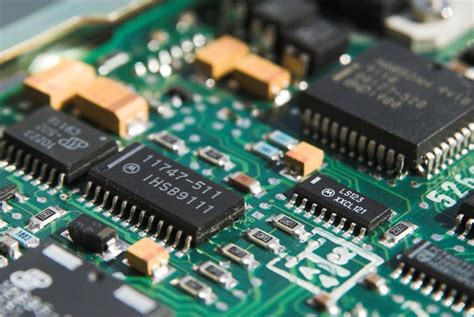
Environmental Impact Of Metal Core PCB Manufacturing In China
The environmental impact of metal core PCB (Printed Circuit Board) manufacturing in China is a topic of growing concern, as the country continues to be a global leader in electronics production. Metal core PCBs are integral to various high-performance applications, including LED lighting, power converters, and automotive systems, due to their superior thermal management capabilities. However, the manufacturing processes involved in producing these advanced components can have significant environmental repercussions.
To begin with, the production of metal core PCBs involves several stages, each with its own environmental footprint.
The initial phase includes the extraction and processing of raw materials, such as aluminum or copper, which form the core of these PCBs. Mining and refining these metals are energy-intensive processes that contribute to greenhouse gas emissions and can lead to habitat destruction and soil degradation. Furthermore, the chemical treatments used to purify these metals often result in the release of toxic byproducts, which can contaminate local water sources if not properly managed.
As the manufacturing process progresses, the fabrication of metal core PCBs requires the use of various chemicals, including etchants, solvents, and plating solutions.
These substances are essential for creating the intricate circuitry patterns on the boards but pose significant environmental risks if not handled correctly. Inadequate disposal or treatment of chemical waste can lead to soil and water pollution, affecting both ecosystems and human health. Moreover, the energy consumption associated with these processes is substantial, contributing further to the carbon footprint of PCB manufacturing.
In China, where environmental regulations have historically been less stringent than in some Western countries, the rapid expansion of the electronics industry has exacerbated these issues.
However, in recent years, the Chinese government has taken steps to address environmental concerns, implementing stricter regulations and encouraging the adoption of cleaner technologies. For instance, initiatives to promote the use of renewable energy sources in manufacturing facilities are gaining traction, aiming to reduce the overall carbon emissions of the industry.
Additionally, there is a growing emphasis on waste management and recycling within the metal core PCB manufacturing sector.
Companies are increasingly investing in technologies that allow for the recovery and reuse of valuable materials from production waste, thereby minimizing the environmental impact. This shift towards a circular economy model not only helps in reducing waste but also offers economic benefits by lowering material costs.
Despite these positive developments, challenges remain.
The enforcement of environmental regulations can be inconsistent, and smaller manufacturers may lack the resources to invest in cleaner technologies. Furthermore, the demand for electronic products continues to rise, driven by technological advancements and consumer trends, which could offset some of the gains made in reducing environmental impact.
In conclusion, while the metal core PCB manufacturing industry in China is making strides towards more sustainable practices, ongoing efforts are necessary to mitigate its environmental impact fully. Continued investment in clean technologies, stricter enforcement of regulations, and a commitment to sustainable practices are essential to ensure that the industry can meet the growing global demand for electronics without compromising the health of the planet. As China continues to play a pivotal role in the global electronics supply chain, its approach to managing the environmental impact of metal core PCB manufacturing will have far-reaching implications for both the industry and the environment.

Quality Standards And Certifications In Chinese Metal Core PCB Production
In the realm of electronics manufacturing, the production of metal core printed circuit boards (PCBs) in China has garnered significant attention due to its blend of advanced technology and cost-effectiveness. As the demand for high-performance electronic devices continues to rise, the quality standards and certifications associated with Chinese metal core PCB production have become increasingly crucial. These standards not only ensure the reliability and efficiency of the products but also enhance the global competitiveness of Chinese manufacturers.
To begin with, the adherence to international quality standards is a fundamental aspect of metal core PCB fabrication in China.
One of the most widely recognized standards is the ISO 9001 certification, which outlines the criteria for a quality management system. This certification is pivotal as it demonstrates a manufacturer’s ability to consistently provide products that meet customer and regulatory requirements. By obtaining ISO 9001 certification, Chinese PCB manufacturers signal their commitment to quality assurance and continuous improvement, thereby instilling confidence in their global clientele.
In addition to ISO 9001, many Chinese metal core PCB manufacturers also pursue the ISO 14001 certification, which focuses on environmental management systems.
This certification is particularly relevant in today’s environmentally conscious market, as it underscores a company’s dedication to minimizing its environmental impact. By implementing sustainable practices and reducing waste, manufacturers not only comply with international environmental regulations but also appeal to eco-conscious consumers and businesses.
Furthermore, the IPC standards, developed by the Association Connecting Electronics Industries, play a significant role in the quality assurance of metal core PCBs.
These standards provide comprehensive guidelines for the design, assembly, and testing of PCBs, ensuring that the final products meet stringent performance criteria. Chinese manufacturers that adhere to IPC standards demonstrate their capability to produce PCBs that are reliable and durable, which is essential for applications in industries such as automotive, aerospace, and telecommunications.
Transitioning to the topic of certifications specific to metal core PCBs, the Underwriters Laboratories (UL) certification is of paramount importance.
UL certification is a mark of safety and quality, indicating that a product has been tested and meets the necessary safety standards. For metal core PCBs, which are often used in high-power applications due to their superior heat dissipation properties, UL certification is critical. It assures customers that the PCBs can withstand high temperatures and operate safely under demanding conditions.
Moreover, as the global market becomes increasingly interconnected, compliance with the Restriction of Hazardous Substances (RoHS) directive is essential for Chinese manufacturers.
RoHS compliance ensures that PCBs are free from certain hazardous materials, such as lead and mercury, which are harmful to both human health and the environment. By adhering to RoHS standards, Chinese manufacturers not only meet the regulatory requirements of key markets like the European Union but also contribute to global sustainability efforts.
In conclusion, the quality standards and certifications in Chinese metal core PCB production are integral to the industry’s success. By adhering to international standards such as ISO 9001, ISO 14001, IPC, UL, and RoHS, Chinese manufacturers demonstrate their commitment to producing high-quality, safe, and environmentally friendly products. These certifications not only enhance the reputation of Chinese PCBs on the global stage but also ensure that they meet the diverse needs of industries worldwide. As the demand for advanced electronic devices continues to grow, the emphasis on quality standards and certifications will remain a cornerstone of China’s metal core PCB industry.


